Coaches set the tone for the quality of every training session. Unfortunately, whether in a CrossFit class or on the sports field, that often boils down to a coach trying to manage a timeline while shuffling athletes through an — I’ll say it — over-programmed workout session with little to no coaching or athlete development.
While the topic of over-programming is for another article, regardless of what the session looks like, coaches need to stay in control of their classes. How you set up your training space will contribute to or detract from your command of the group, group cohesion, camaraderie, safety, and your ability to see and correct movement. If you’re not doing the following three things, you should be.
Optimize Your Line of Sight
Coaches need to position themselves at optimal spotting zones that allow you to see all athletes from multiple angles. Consider the effectiveness of a coach who stands at the front of the class throughout the warm-up. How many people will they see in the back row? How will they see the bar path of a deadlift? Good coaches move about the athlete grid to see athletes move from multiple angles and drive group cohesion.
This means optimizing your angles. Generally, the best lines of sight are from around the perimeters of the group and not so much in the middle of the group or between athletes. Optimal positions may vary based on the facility, whether athletes are set up in lines or in a circle, and potentially even the workout being performed. Regardless, find the areas that allow you to see most effectively — and remember to move about the room.
The following two videos provide examples of effectively and ineffectively instructing a group and utilizing line of sight. In the first video, the coach transitions to the side to assess and correct movement. This provides line of sight to multiple athletes at one of the most prime coaching angles (from the side or 45 degrees to the front of the athlete). A coach who is sharp with verbal cues will be able to get a lot of work done here!
The second example shows a coach not using the space effectively by getting stuck in the middle. This cuts off the line of sight to two-thirds of the class.
Partner Up
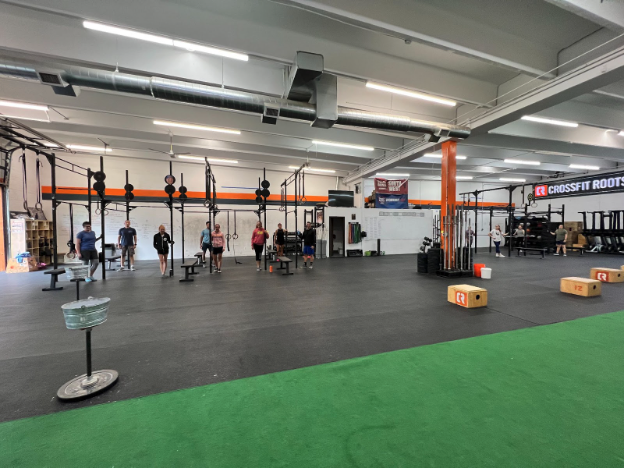
In this layout, 10 athletes are spread throughout a facility across two rigs, such that each athlete has their own rack space. This layout requires the coach to walk between two rigs and across the gym to be able to coach all athletes.
Have athletes partner up to organize the class in the space such that it drives your ability to manage the group. This will not only optimize your ability to see and correct movement but it can also keep everyone in your line of sight.
This is particularly useful when performing heavy lifts. While it can be enticing to allow athletes to use all the available space in a gym — giving each person their own rack or spreading athletes out as much as possible — there are drawbacks to these approaches.
When athletes are spread out throughout the gym, it requires the coach to maintain a larger vantage point in order to see the entire group in the periphery while working with one athlete. Additionally, utilizing a long line of racks with one athlete per rack means that the coach must cover a lot of ground just to reach each athlete. By partnering athletes together, you condense where the action is taking place and decrease the amount of space the coach must walk to reach all athletes.
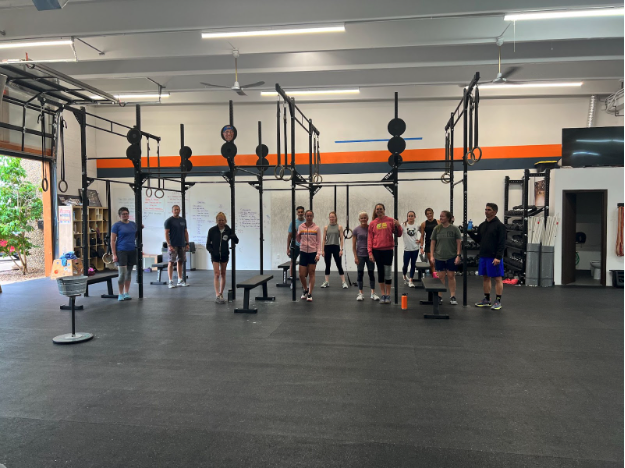
In this example, the coach has condensed all 10 athletes to one rig by partnering athletes up on each squat rack. In doing this, the coach centers their attention on one side of the gym and enables more contact points with each athlete as the layout is more conducive to seeing and correcting.
In a workout such as 7 sets of 2 back squats at near-max loads, the window to see and correct movement is short — a matter of seconds. If I’m running a 10-15 person class, I am likely to not even witness a single rep by some of my athletes if I don’t plan my space. This means I will have athletes with technical issues (major or minor) that I will not see and then correct. Additionally, I will not be able to work with each individual athlete to guide them to appropriate loads to realize threshold training for each.
Partnering athletes up will more easily allow me to assess movement and determine loads. The drawback to this approach is if I’m trying to cram a lot of work into an hourlong timeframe, requiring athletes to lift on a short time schedule, transitioning loads between two lifters may be difficult. However, if the hour’s programming accomodates the recommendation to rest between 2-5 minutes between heavy efforts, running groups of 2-3 athletes will work smoothly.
Regardless of your approach, using all of your space available may NOT be the best option. Use the option that will ensure you can see the most athletes to maximize their safety and efficiency.
Use the Clock Intelligently
I use the clock for almost everything to help me be efficient: I will time, the transitions between exercises of a general warm-up, the specific warm-up, the transitions throughout each segment of the class, the rest periods between work sets, etc. I typically set the timer for all to see so they have the awareness of the time remaining and to create a little bit of ownership on their end in being fully prepared.
While the clock is a great tool, in some applications, it can also lead to coaches not being able to see that many athletes. For example, take the following workout:
Every 90 seconds for 10 sets:
1 squat clean
(15 athletes in the class)
It is enticing for me to have all 15 athletes do their lift at the same time (all athletes go at 0:00, 1:30, 3:00, etc.). However, if I have a 15-person class, I will not be able to see every athlete complete a lift, let alone see each athlete multiple times to check back on corrections and improvements. However, with a little bit of tweaking, I can put the odds more in my favor.
I can assign athletes a number (1, 2, or 3) and stagger their lifts by 30 seconds: Athletes assigned No. 1 go at 0:00, athletes assigned No. 2 at 0:30, and those assigned No. 3 at 1:00, continuing in that fashion.. Is this more difficult to manage? Yes! Is it more advantageous to our athletes? Yes!
If you take the time to teach athletes how your plan works and tell them why you are doing it, you will get the buy-in you want. A strategic setup allows coaches to see more athletes and can drive home safety considerations in regard to spacing and layout.
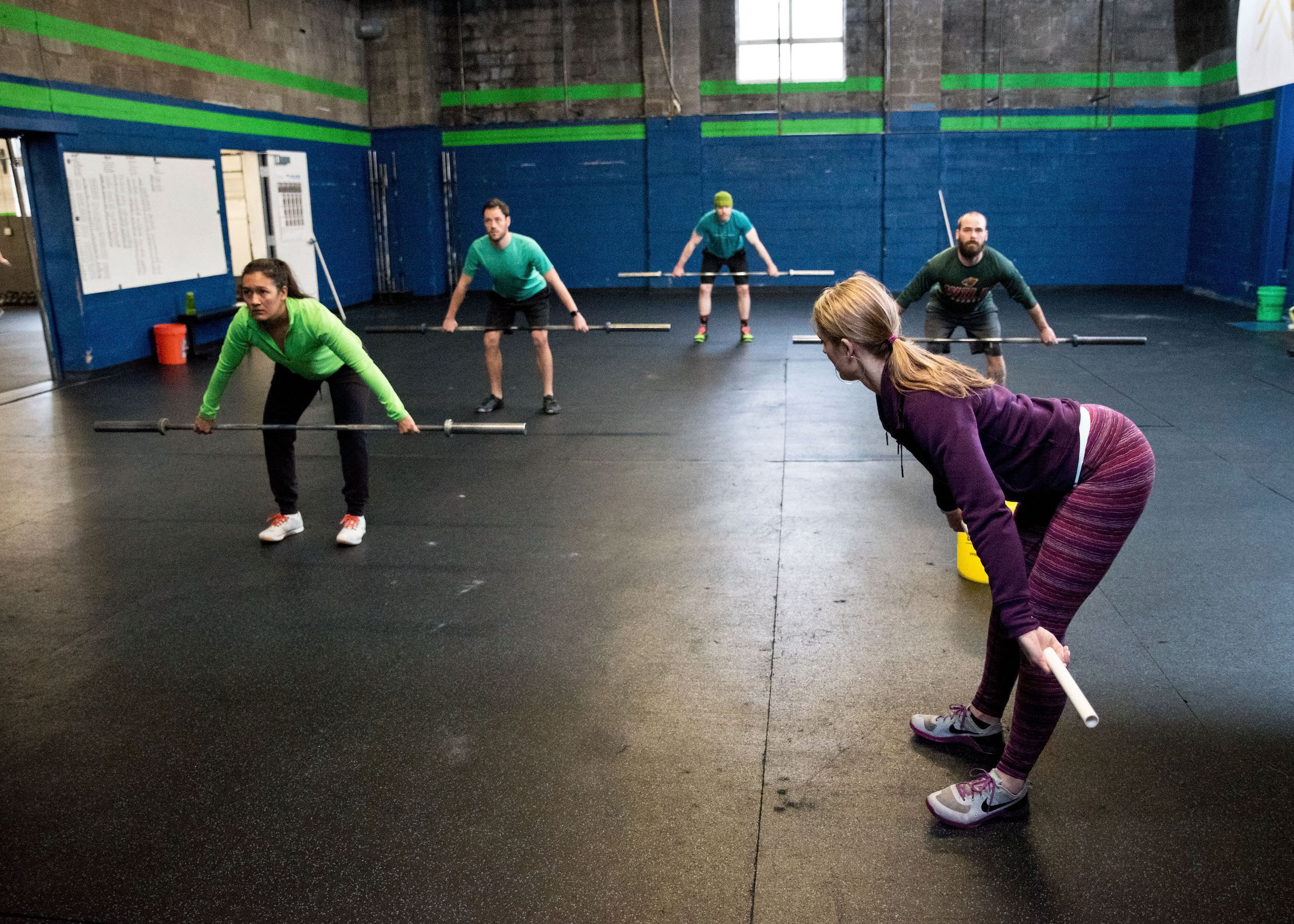
Assess Yourself
Do a little self-assessment at the end of your class. Ask yourself if you were able to refine and/or manage the threshold speed or load of each athlete in your warm-up AND during the workout.
If the answer is yes, then you are likely on the right track. If you leave the class and realize you didn’t get eyes on each person or that you cannot recall how an athlete executed the workout, then there is likely something that can be improved.
Work on strategies to assist in your delivery so everyone is experiences the quality session they deserve.
ABOUT THE AUTHOR
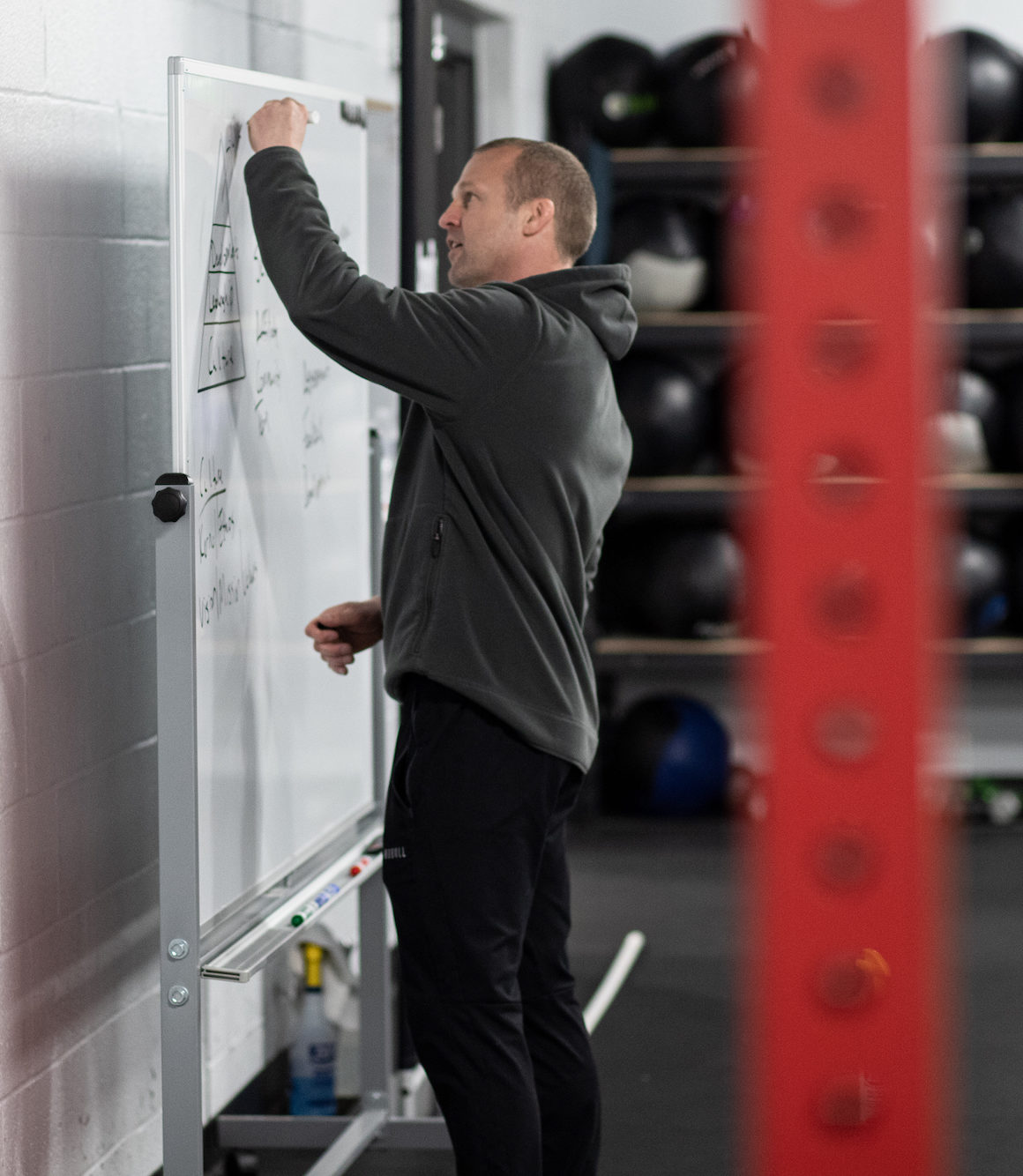 Eric O’Connor is a Content Developer and Seminar Staff Flowmaster for CrossFit’s Education Department and the co-creator of the former CrossFit Competitor’s Course. He has led more than 400 seminars and has over a decade of experience coaching at an affiliate. He is a Certified CrossFit Coach (CF-L4), a former Division 1 collegiate wrestler, and a former CrossFit Games athlete.
Eric O’Connor is a Content Developer and Seminar Staff Flowmaster for CrossFit’s Education Department and the co-creator of the former CrossFit Competitor’s Course. He has led more than 400 seminars and has over a decade of experience coaching at an affiliate. He is a Certified CrossFit Coach (CF-L4), a former Division 1 collegiate wrestler, and a former CrossFit Games athlete.
Comments on How To Set Up Your Coaching Space To Optimize Command and Control
Great article! I'd love to get this in front of my coaches.
Another fantastic article from one of our very best, thank you Eric...the concepts are simple, but the practice is anything but...here's to taking the next step forward.
I really appreciated the two videos which shows the direct different experiences to using the perimeter
to see the macro to move micro when coaching the better movement. Thanks Eric for this article since it was a good visual application of how to be effective in seeing and correcting across the class.
Great article ! It reminded me details that I try to apply in each session and awareness about the clock, mostly to efficiently assess all athlete in sets of work that are timed. Thanks for sharing
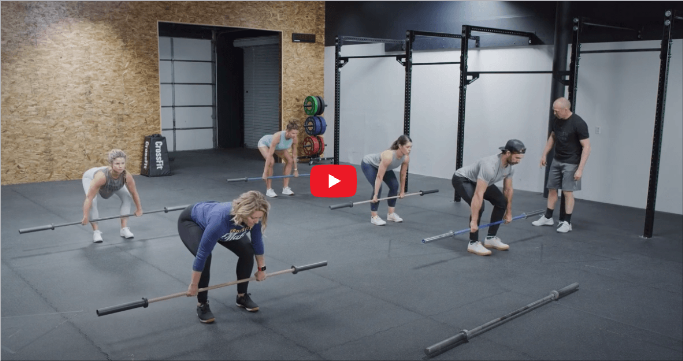
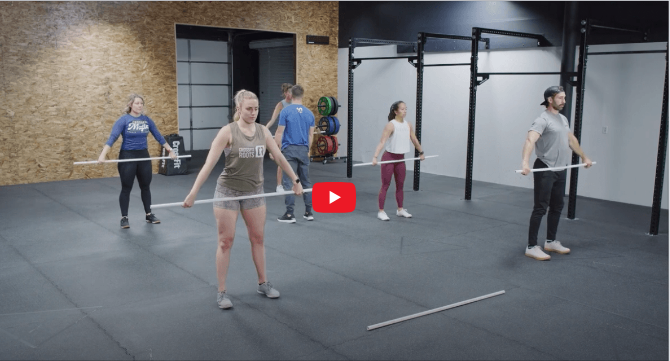
How To Set Up Your Coaching Space To Optimize Command and Control
5